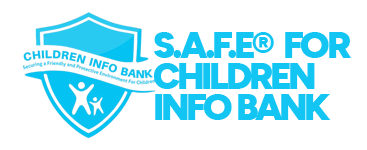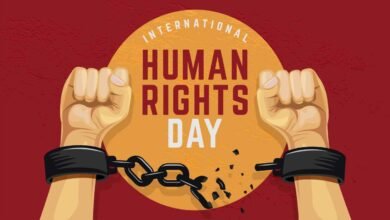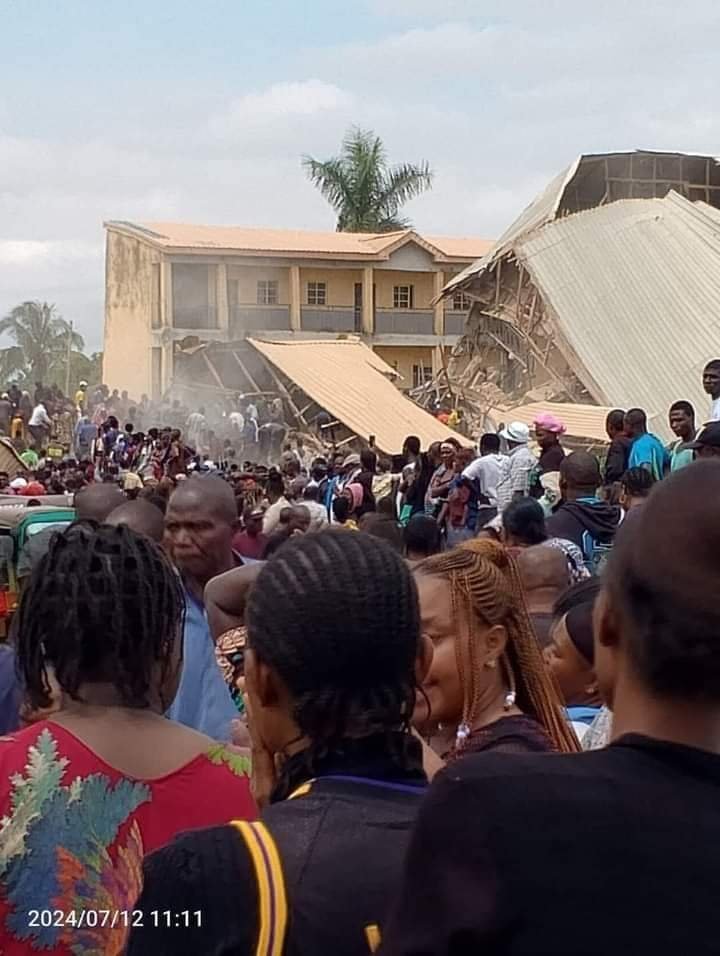When a School Fails in Its Duty of Care: A Case Study of Louisville Girls Secondary School and the Rising Wave of Child Protection Lawsuits in Nigeria

Story
On April 8, 2025, the High Court of the Federal Capital Territory (FCT) sitting in Maitama, Abuja, delivered a landmark judgment in the case of Ifeanyi Ikpeatusim v. Louisville Girls Secondary School, Gwagwalada. The court awarded ₦100 million in general damages and ₦300,000 in legal costs, with an interest of 10% per annum until full payment, holding the school liable for negligence that led to the tragic death of 9-year-old Kamzie Ikpeatusim in 2017.
Justice Sylvanus Oriji’s ruling affirmed that the school breached its duty of care to Kamzie by failing to respond adequately and promptly to her medical needs, a failure that proved fatal. The judgment, while unable to reverse the irreparable loss, sets a significant legal and moral precedent in Nigeria’s education and safeguarding landscape.
Understanding Duty of Care in Schools
At the heart of this case lies the concept of duty of care, which is a legal obligation that requires educational institutions to exercise a reasonable standard of care. In the context of education, schools act in loco parentis as secondary parents, and are legally required to safeguard the physical and emotional well-being of every child entrusted to their care.
The Latin phrase in loco parentis means “in the place of a parent.” It is a long-standing legal doctrine that places educational institutions under the obligation to act with the same care, attention, and diligence as a “reasonable parent” would toward a child under their care. In essence, once a child is handed over to a school, especially in a boarding context, the school assumes both physical custody and moral responsibility.
This doctrine goes beyond academic provision, it includes health, safety, emotional wellbeing, and overall development. When parents send their children to school, particularly as boarders, they expect safety, supervision, and swift medical intervention in emergencies. A breach of this duty, especially when it results in injury or death, is not only morally indefensible but legally actionable.
Precedent Cases: A Growing Tide of Accountability
The Louisville case is definately not isolated. In the past decade, a disturbing pattern of school-related negligence and abuse has emerged, prompting lawsuits across Nigeria:
-
Cendom International School, Lagos (2011): A five-year-old pupil lost her sight due to physical abuse. The court awarded ₦25 million in damages.
-
Baptist High School, Abuja (2021): Tejumade Davies, aged 13, sued for ₦2.1 billion after alleged negligence led to severe injuries at the boarding school.
-
Mary Immaculate Secondary School, Ado-Ekiti (2022): A student sued the state government for ₦15 million over alleged abuse.
-
Cedarville Montessori School, Lagos (2022): A 13-year-old student accused the school proprietress of bullying and sought redress in court.
These cases underscore a critical shift: parents are taking legal steps to demand accountability, often relying on evidence of inadequate health facilities, lack of supervision, bullying, and abuse.
The Louisville Case: A Deeper Analysis
Kamzie’s story is heart-wrenching. Enrolled as a boarding student in September 2017, she became seriously ill by October 2 and died shortly thereafter. According to the court’s findings, the school failed to act with urgency or provide the requisite medical attention. The judgment noted that had the school acted differently, her life might have been saved.
While the school has since improved its sickbay and ensured the presence of doctors twice daily, these commendable actions cited by Justice Oriji as part of Kamzie’s legacy, we must note that the delay in those reforms came at too high a cost.
This case starkly reminds us: post-incident improvements, while necessary, cannot absolve prior negligence.
The Emergence of Legal Consciousness Among Parents
As noted during our March 2022 Town Hall Meeting, themed “And the Children Took the School to Court: Fundamental Lessons for Educators From Recent Cases of Students who Sued their Schools for Bullying and Negligence”, we anticipated a wave of litigation driven by better-informed, rights-conscious parents. This was not prophecy, rather it was a pattern worthy of recognition. Parents are no longer passive stakeholders. They are becoming vigilant watchdogs, using the judiciary to enforce accountability.
Indeed, as explored in Caveat 6 of Mr. Taiwo Akinlami’s book: “Transforming Child Discipline into a Culture of Discipline”, there is a power shift underway, from state-centric regulation to parent-led judicial advocacy. Today, courts are affirming what child rights advocates have long asserted: a school must not only educate, it must also protect.
The Real Cost of Negligence
Let’s be clear, ₦100 million cannot bring Kamzie back. But it serves a dual function:
-
Symbolic restitution for the family.
-
Deterrent precedent for other schools.
Negligence is costly, not just financially, but reputationally and morally. As public trust erodes, schools that fail in their safeguarding responsibilities will find themselves under increasing legal and social scrutiny.
Implications for the Future of Child Protection in Schools
This case is a watershed moment for educators, policymakers, and child safeguarding and protection advocates. It demands that we:
-
Adopt a Systems Approach to Child Safeguarding and Protection, embedding safeguarding into every operational layer of school management.
-
Train all staff in recognizing and responding all form of abuse, and ensure that the best interests of the child are paramount.
-
Engage parents as partners, not adversaries, in the protection of our children.
-
Establish accessible grievance mechanisms, ensuring that every child’s voice can be heard before harm escalates.
Conclusion: A Call to Action
The tragic death of Kamzie Ikpeatusim is not just a story about one girl, one family, or one school. It is a mirror reflecting the gaping holes in child safeguarding and protection systems within schools in. If there is one takeaway, it is this: every school must become a sanctuary. Not in name alone, but in deed, practice, and principle. Let this judgment not just be a cautionary tale, but a catalyst for lasting change.




